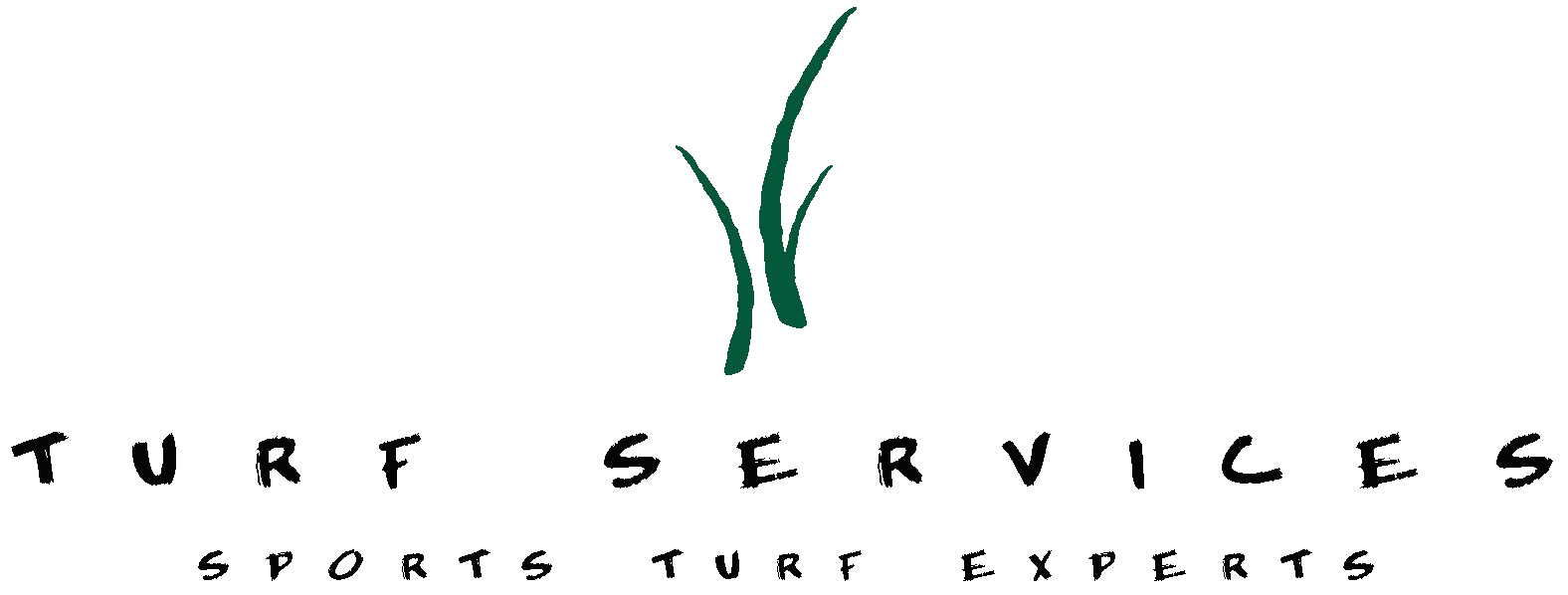

G R U B S
Life cycle of Japanese Beetle and European Chafer
( Chafer's feeding cycle starts earlier in the spring and goes later in the fall )
ж Insects emerge from the soil as adults, mate and lay eggs. Control at this time will prevents upcoming damage from August and September's feeding.
ж Eggs hatch and grubs will start to feed on turf root system.
ж Grubs grow in size to around 1 1/2", and damage to turf begins to show Control of grubs at this time varies damage has already started.
ж Grubs go deeper into soil as temperatures get colder.
ж Grubs move closer to the surface as soil temperatures increase. Feeding on turf root system resumes, grubs are mature and difficult to control at this point.
CONTROL TECHNIQUES
Identify specific species of pest
Set treatment thresholds
Monitor pest populations
Apply cultural management techniques
Apply chemical control for grubs ( Diazonon, Dylox etc. )
Continue to monitor pest populations and evaluate quality of control
Repair damage
THRESHOLD LEVELS
| Non irrigated turf can tolerate 10 grubs per square foot | |
| Irrigated turf can tolerate 20-30 grubs per square foot | |
| High traffic areas 3-5 grubs per square foot |
CHEMICAL CONTROLS
| The products that treat the grubs in the soil ( ie. Diazanon, Dylox etc.) tend to be organophosphates and are considered moderately toxic. | |
| The products that treat the emerging adults ( Mach, 1 Merit ) are considered less toxic and are more user friendly. | |
| All products require heavy watering after the application to wash the chemical into the soil. |
CULTURAL CONTROLS
| Strong, healthy turf, can tolerate a greater number of grubs feeding on it's root system than weak turf. | |
| Increase fertilizer | |
| Aerification | |
| Increase water | |
| Overseed to replace lost damaged or weak turf | |
| These practices will increase turf's ability to support and recover from insect stresses. |
The general consensus from the people I have spoken with is Merit will do an excellent job of controlling grubs. To control costs and be most effective with these applications, the areas effected by the grubs need to be identified. Unfortunately, this means that damage has already occurred.
MSU's entomology department, recommends that the pre-emergent products be applied between June 15 and July 15. People that targeted July 1 last year had excellent control last year. This year it is likely to be a little earlier.
My recommendation is to consider treating important turf areas such as the football field with a product that will impact the grub populations this spring. Because of the grubs maturity these treatments will have minimal effect. All areas that have a history of grub damage should be treated in late June, early July with Merit. These areas should be monitored to determine the effectiveness of the treatments. If grub populations exceed the threshold limits, treatments with an insecticide ( Diazanon is my recommendation ) will be necessary to minimize damage. This will occur from mid August through September.
Tolerance of a certain level of grub populations and potential damage is also important to minimize chemical treatments. Use of cultural practices is also important to reducing chemical use.